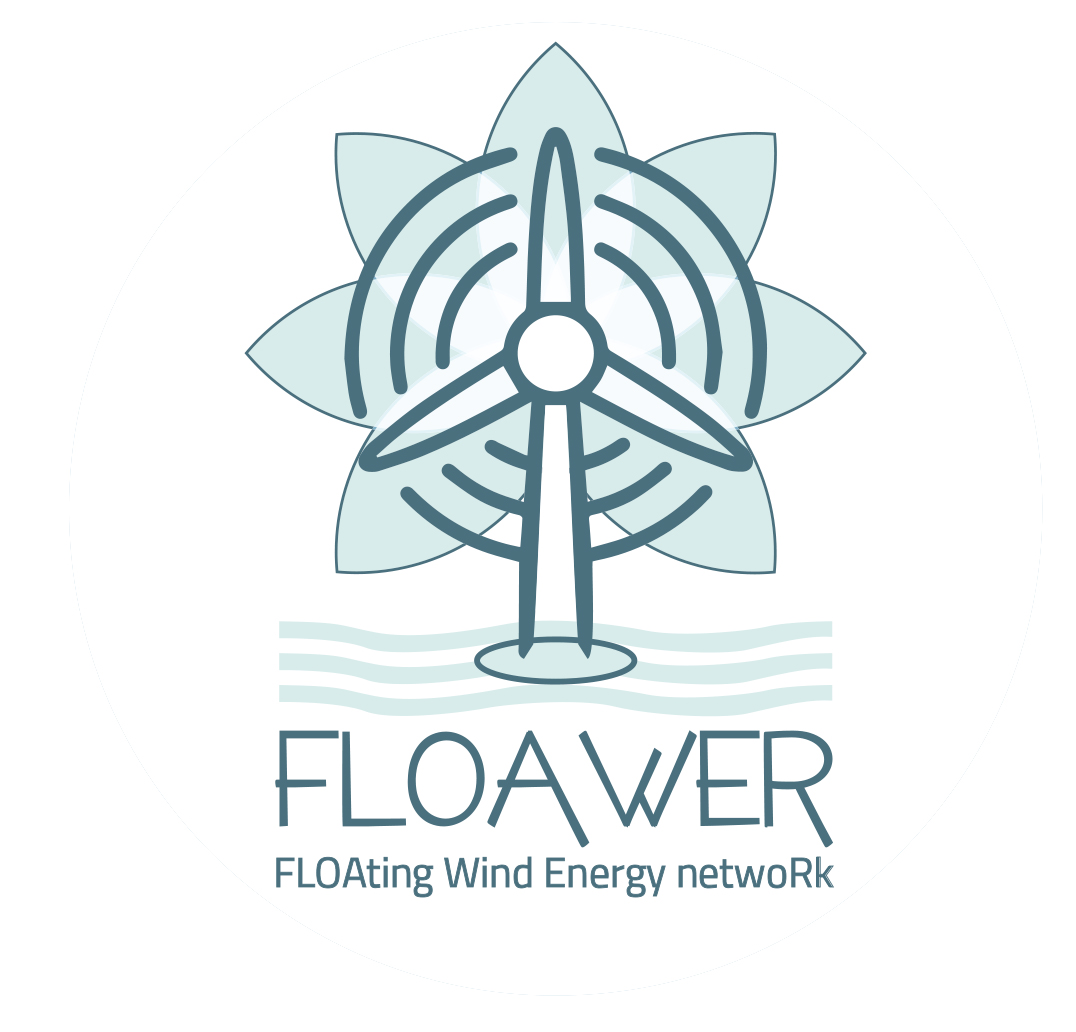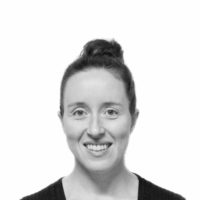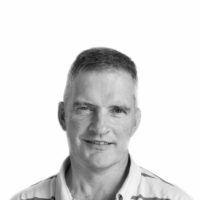
FLOAWER

- Title
-
FLOAWER (FLOAting Wind Energy netwoRk)
- Start Date
-
1 November 2019
- End Date
-
31 October 2023
- Funding Body
-
European Union’s Horizon H2020 research and innovation programme under the Marie Słodowska-Curie grant agreement N°860579
- Coordinator
-
Sandrine Aubrun
- Research Partners
-
University College Cork, Centrale Nantes, Politecnico di Milano, Carl von Ossietzky Universität Oldenburg, University of Stuttgart, CNRS-LEGI, Norwegian University of Science and Technology, Technical University of Denmark, WavEC Offshore Renewables and University of Rostock
- Project Partners
-
BW IDEOL, ENSMA, Aerodyn, IWES, IST, Leosphere, Vicinay, CNR-IMN
Vortex, GICON Grossmann Ingenieur Consult, EOLFI, Hydroquest and Cartflow - Principal Investigators
-
Prof. Sandrine Aubrun, Prof. P.W. Cheng, Dr. Charlotte Bay Hasager, Assoc. Prof. Erin Bachynski, Dr. Jean-Christophe Gilloteaux, Dr. Jimmy Murphy, Prof. Michael Muskulus Dr. Frank Adam, Prof. Alessandro Croce, Prof. Joachim Peinke, Dr. Stéphane Barre and Dr. Jose Candido
- Project Manager
-
Florent Jube
- Research Area
-
Offshore Renewable Energy
- Website
Introduction
*The following information is based on the FLOAWER (https://www.floawer-h2020.eu/) website.
The FLOAting Wind Energy netwoRk (FLOAWER) is primarily designed to train researchers in the required multi-disciplinary engineering fields to better develop FOW technologies under the constraint of LCOE minimization.
Thirteen ESR’s recruited will be integrated into the overall research programme and benefit from the complementary expertise of 25 major academic and industrial partners in the offshore wind energy sector and will jump into the most exciting period of the life-cycle of an energy segment, namely, the pre-commercial stage.
While high TRLs are currently achieved due to a very conservative approach for most of the technological issues, the market will be definitely viable if the LCOE significantly decreases in the next few years: according to the Floating Wind task force of WindEurope, a reduction factor of 4 by 2030 is required. LCOE reduction requires a multidisciplinary approach, where all sub-system designs are jointly optimised.
Being trained in fully appropriate scientific, technical, and soft skills, the ESRs will be the leaders of change in the offshore wind energy sector, which urgently needs highly qualified experts in the field to tackle the forthcoming challenges and reduce LCOE.
Aim
- Deliver leading-edge training to ESRs by addressing the state-of-the-art scientific and transversal needs of the FOW sector
- Enable ESRs to benefit from regular mobility across the EU’s most prominent industry and academic players in the FOW sector
- Confront the ESRs to the current and upcoming engineering challenges faced by the FOW industry
- Create a multidisciplinary environment where industries and academia share ideas and work together towards solutions accelerating the commercialisation of the FOW sector
- Support European offshore wind energy industries to identify technological improvements by providing high performance characterization and modelling tools that can enhance their competitiveness.
Work Packages
The research programme is structured into 4 scientific work packages (activities):
WP4: WIND RESOURCE ASSESSMENT
- Assess the wind and wave climate in deep waters, where bottom fixed meteorological masts are no longer viable
- Estimate the uncertainty and long-term inter-annual wind variability of the wind resource
- Develop novel data fusion techniques for resource assessment, including uncertainty quantification of resource estimates
- Quantify how the level of quality in the wind resource assessment can contribute to reducing the LCOE
WP5: ADVANCED FLOATER ANALYSIS
- Improve the design of WT floaters through advanced modelling of heave-plates,
- Develop methods for assessing highly nonlinear wave loads/load effects on floaters.
- Improve the design and reliability of mooring systems
- Quantify how modelling improvements can reduce the LCOE.
WP6: DYNAMICS OF WT
- Design an experimental set-up allowing the reproduction of realistic environmental conditions (inflow and motions) in the wind tunnel for various VAWTs and HAWTs
- Develop, tune and validate numerical tools of different complexity, both for horizontal and vertical axis WTs
- Analyse reciprocal interaction between turbines and their wakes (for instance a basis to develop wind farm controllers)
- Quantify how the further developed models can contribute to reducing the LCOE
WP7: SYSTEM DESIGN TO REDUCE LCOE
- Reduce the LCOE through an overall design of the offshore WT including the substructure.
- Develop mathematical tools to optimize the integrated design of the whole system for different wind classes
- Identify avenues for offshore wind cost reduction
- Compare offshore wind energy alternatives from the techno-economic standpoint leading to the identification of optimal designs
Deliverables
Deliverables can be viewed here.
Contact
École Centrale de Nantes
Address: 1 Rue de la Noë, 44300 Nantes, France
Email: rf.setnan-ce@rewaolf-tcatnoc




